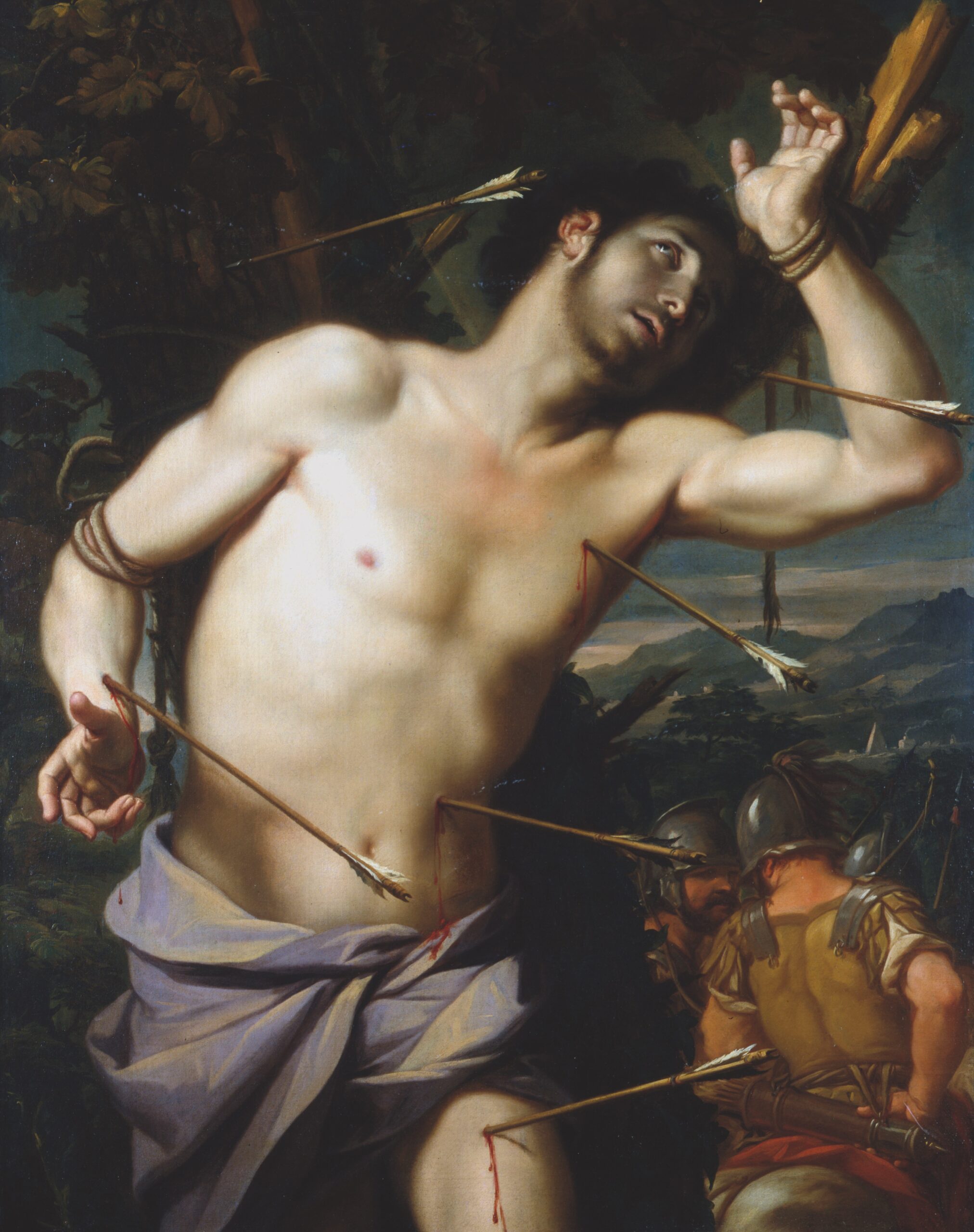Until a few years ago, I kept a pair of lightweight robin’s-egg-blue gloves in a box inside my closet. They were one of the strangest items I owned, not because of their appearance, but because of their function. They were for Easter mass — and I didn’t go to church.
I was raised Catholic. Growing up, I was always picking fights with my family. Why couldn’t priests get married? Why couldn’t women preach? I didn’t agree with the premise or politics, so I stopped going just after confirmation at the age of 14. My general unwillingness to go to mass became a sticking point in the family, but dodging mass at Christmas and Easter verged on a level of Satanic even I was uncomfortable with. So, the gloves stayed.
Though I didn’t feel a spiritual connection to the church, I secretly loved going — even after I quit. I loved the chanting, the miracle births, the incense and the post-mass doughnuts. As I got older, while my family was singing songs about the Lord, I used the hour to think about sex.
As a child, I knew I was queer, even if I didn’t have the words for it. I’m bisexual, but back then I just knew that I always thought Disney princesses were hotter than the princes. I’m also non-binary and never felt like I fit in on the gender spectrum.
Last year, by chance, I discovered St. Sebastian, Christian history’s first gay icon.
Though it’s not known when exactly Sebastian was canonized, we do know that he was a Roman soldier serving under pagan emperor Diocletian. In 288 AD, Sebastian was sentenced to death for being Christian and converting others to Christianity. Diocletian had him beaten to death after the original method — being pierced with arrows — failed to do the job.
Though Sebastian is thought to have been middle-aged when he died, famous painters from Botticelli to Giovanni Domenico Cerrini morphed him back into a muscular young man (my personal favourite is Martyrdom of Saint Sebastian by Piero del Pollaiuolo). In several paintings depicting his death, his eyes are rolled back in what looks like pleasure: a clear nod, for some, to sadomasochism. Others have read the details of his life as a coming-out story in which he was persecuted for his queerness.
More on Broadview:
- I was ashamed to be Chinese and queer, but now I celebrate
- ‘I say with pride that I am from the favela’
- I feel closer to God than before I began transitioning
Officially, Sebastian is the patron saint of athletes and archers, and a protector against plague. But I was surprised to learn that the queer community has claimed him for about 200 years.
Some in his queer cult even go so far as to call him the patron saint of the gays.
This kind of history within the church was unheard of to me when I was growing up in small-town Atlantic Canada in the 1990s. I don’t want to put the church on a pedestal given the pain it’s caused so many. Still, knowing about Sebastian and his legacy as a kid might have made me feel totally different about myself.
I don’t have anything to do with the church anymore, and I donated the gloves, hopefully to be found by someone who will love them. But I’ll keep the story of St. Sebastian with me. He gives me a new outlook on my childhood self — and a more understanding one, too.
***
This story first appeared in Broadview’s October/November 2022 issue with the title “Discovering Saint Sebastian.”
Sarah Ratchford is a writer in Menahqesk (Saint John), N.B.
















St. Sebastian’s story is likely part truth, part fable.
Roman archers never missed, especially if they are to carry out a death sentence. (It would have been ‘great’ target practice to a much hated cult follower – a Christian).
We as Christians are to worship God only, never are we to worship saints.
It is also likely you did not hear of this “history” in the ’90’s as it shows how fast the church has derogated itself in the last 30 years.
It’s a shame to hear when someone wants nothing further to do with the church. Perhaps the remembrance in the innocence of your childhood will cause you to reconsider returning.